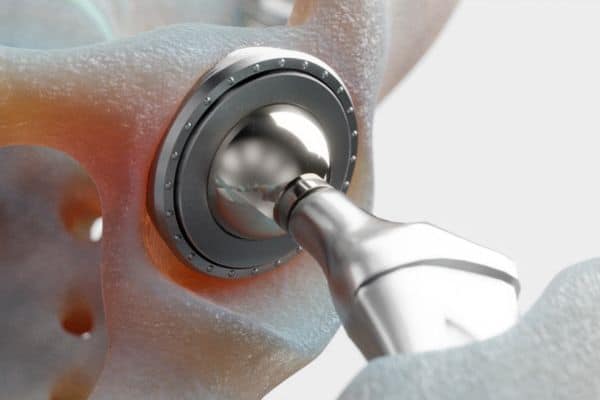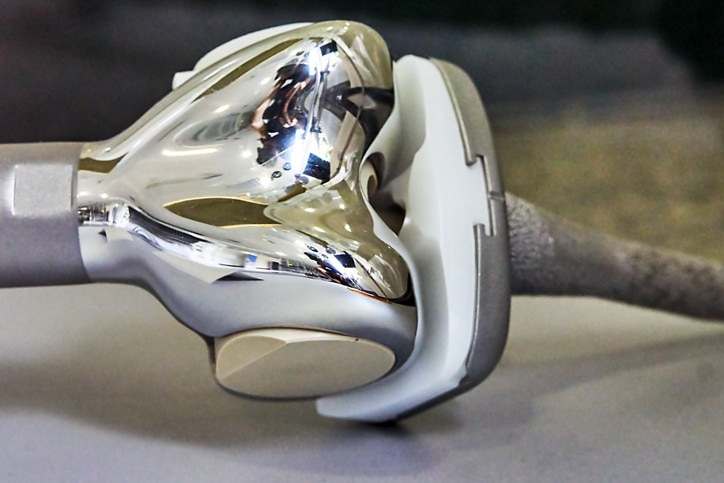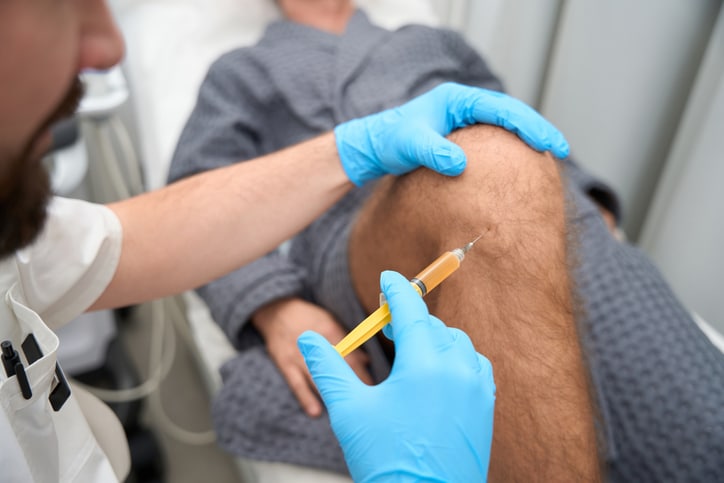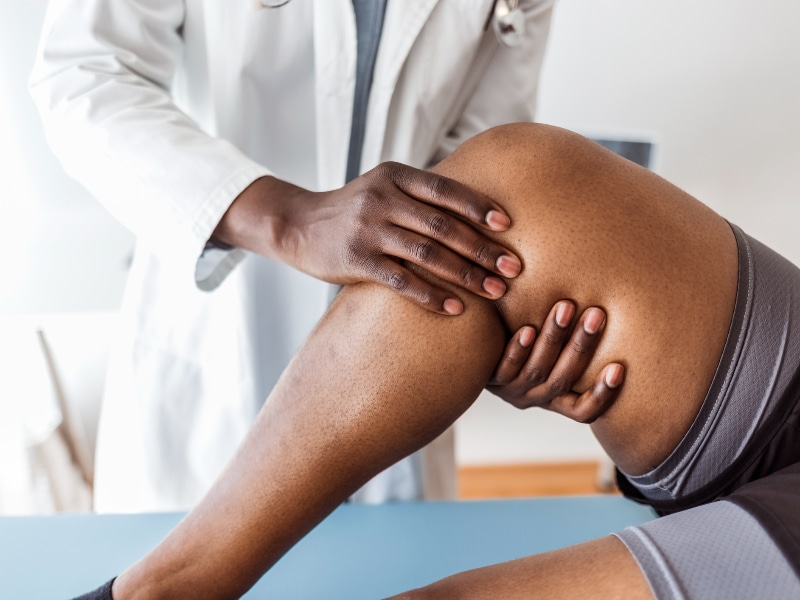Years ago, getting a new hip or knee was a scary ordeal with an uncertain outcome, but new surgical techniques and technology have transformed joint replacement.
From robotics to implants that last a lifetime, the field has made great strides in the past decade, says Tyler Freeman, MD, orthopedic surgeon on the medical staff at Methodist Charlton Medical Center.
“Robotic assistance allows us to personalize your surgery to you and your body in the operating room,” Dr. Freeman says. “And the components we’re using last over 100 years in the lab. So it’s one and done.”
Pair those advances with less invasive surgical approaches, and these aren’t the hip and knee surgeries your parents once dreaded or complained about after the fact.
Dr. Freeman shared all the latest advances with a group from Methodist Generations at Methodist Charlton.

Surgical robots put precise controls at the fingertips of orthopedic surgeons.
ROBOTIC ASSISTANCE
Surgical robotics were a game changer when the first surgical platform was approved by the FDA for general laparoscopy in 2000.
Today, systems like the ROSA Knee system — which Methodist Charlton acquired in January 2025 — greatly enhance an orthopedic surgeon’s precision and offer unparalleled 3D imaging.
“It’s like an assistant in the operating room that never gets tired, that never messes up, and is always on,” Dr. Freeman says. “The cuts are more precise than I can make with older instrumentation, and I can personalize every knee or hip I work on to each patient’s anatomy.”
That allows the new joint to be attached to the newly resurfaced bones with unprecedented precision, down to 0.5 millimeter, or the width of a few human hairs. And that translates to a quicker recovery, less pain, and happier patients in the long run, Dr. Freeman says.
“I want to help you live your life,” he says. “Whether that’s hiking, biking, walking, or playing with your grandkids, we want to get you back to doing what you love.”

Surgeons can access the hip joint from the front, or anterior, which avoids cutting through muscle.
ANTERIOR APPROACH
Another major advance in hip replacements involves approaching the joint from the front, or anterior, instead of the posterior.
“There’s an old way of doing hip replacements where the surgeon cuts through the butt muscle,” Dr. Freeman says. “The anterior approach leaves a smaller scar and goes between muscles.”
Leaving the largest muscle in the body intact, the gluteus maximus, shortens the patient’s recovery time and greatly reduces the risk of a complication after surgery.
“It does decrease your risk of a dislocation, especially within the first six weeks,” Dr. Freeman says.
For both hip and knee replacement patients, the surgery usually takes only an hour and can often be performed on an outpatient basis, meaning no hospital stay.
“I prefer to have people go home the day of surgery and sleep in their own bed,” Dr. Freeman says. “Then we’d have home healthcare come to your house and start physical therapy the next day.”

An artificial knee joint can attach to the leg bone with cement or a more permanent bond.
LATEST PROSTHETICS
A major development in hip and knee replacement involves the longevity of the implants: the titanium, ceramic, and polyethylene components that make up the new joint.
“This is a huge deal in our industry,” Dr. Freeman says. “Now if you can hold out until you’re 50 or so, that new hip or knee should last a lifetime.”
In the past, the plastic components in artificial joints tended to break down over time, just like your original joints. But in recent years, researchers determined they could use radiation to strengthen the chemical bonds in these materials, making them last far longer.
“In the lab, they have a machine that simulates the walking motion,” Dr. Freeman says. “They found that these hip replacements can last close to 100 years.”
The weak link in knee replacements can be how the artificial joint gets attached to the bone. The most popular method is using medical-grade cement, but that requires extra time to dry in the OR and could loosen over the years.
A newer option involves using a more porous implant surface that forms a permanent bond with the leg bone.
“With the press-fit implants, your bone grows into them,” Dr. Freeman says, “so that joint will be stable for the rest of your life.”

Anti-inflammatory steroids and gel injections can help ease the pain but won’t solve the problem.
NOT THE 1ST OPTION
Of course, replacing a hip or knee joint is a major decision, and Dr. Freeman advises his patients that it should not be the first option.
“I have patients with arthritis in their joint that get steroid and gel injections for years and never need their knee or hip replaced,” he says. “When the injections no longer work and you can’t do the things you love — that’s when we talk about getting a replacement.”
And for those patients who already had a joint replaced elsewhere and are still living with pain, there’s always the possibility of revision surgery to do the job right.
“It could be a patient hates the hip or knee they got replaced before,” he says. “Those disasters are like my children; I love to take care of them.”






